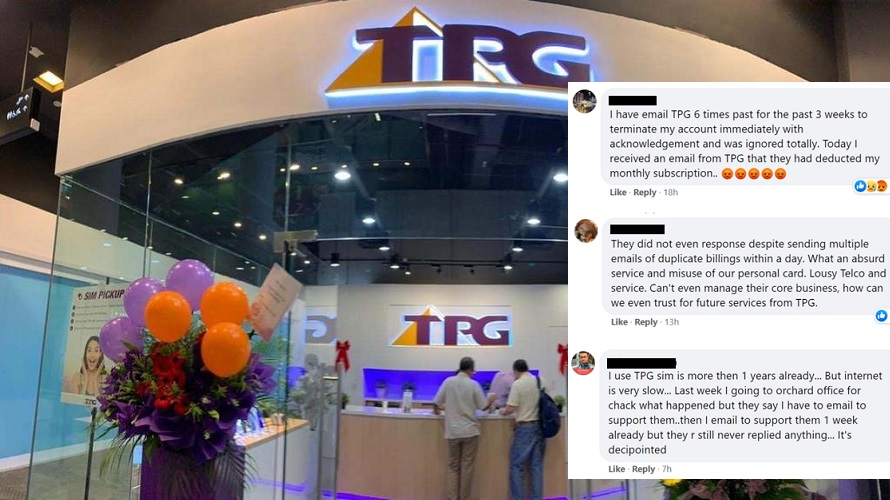Kaspersky experts have analysed the anonymised and aggregated statistics from requests to the Kaspersky Threat Intelligence Portal – a web service which provides customers with knowledge about cyberthreats gathered by Kaspersky.
The analysis revealed that when security researchers requested additional details of a suspicious object, 72% of cases turned out to be malicious and could put corporate security at risk if not investigated.
Yet, on average, 44% of security alerts faced by organisations are not investigated. The reason may lie in the huge volume of incoming warning signals that security teams struggle to fully cope with. Thus, analysts have to choose carefully which alerts they need to investigate, and which do not deserve their attention.
Anonymised and aggregated statistics from the Kaspersky Threat Intelligence Portal showed that in most cases, the initial call to check the alert is proven to be right: the majority (7 out of 10) of analysed requests submitted through the service turn out to be malicious. The share of such objects is especially high for web-related items; domains (86%), IP addresses (75%), and URLs (73%).
This figure slightly drops for files, as 61% of hashes were categorised as dangerous. This implies that it is harder for researchers to distinguish legitimate files from malicious ones without consulting with the appropriate threat intelligence.
Overall, researchers are typically most interested to learn about which resources the endpoints in their network are communicating with – 41% of total requests fall under this category.
With information on IP address reputation and associated web sites and files, security teams can make a decision if they should deny access to this resource or block any communication with it. In addition, a third (31%) of requests were about a file hash category – meaning analysts are looking for additional information about the file (e.g., geographical distribution, popularity, and connections with other objects) in their investigations.
“As our statistics show, security analysts in organisations rarely make mistakes when they suspect that an alert poses a security risk and might need further investigation. However, it’s not all about checking the hypotheses,” commented Anatoly Simonenko, Group Manager, Technology Solutions Product Management at Kaspersky.
“To be able to accelerate their incident response and forensic capabilities, analysts need to see the bigger picture on a threat, quickly. Access to threat intelligence provides just that, ultimately saving time and effort for typically understaffed security teams,” he added.
Subscribe
Login
0 Comments








